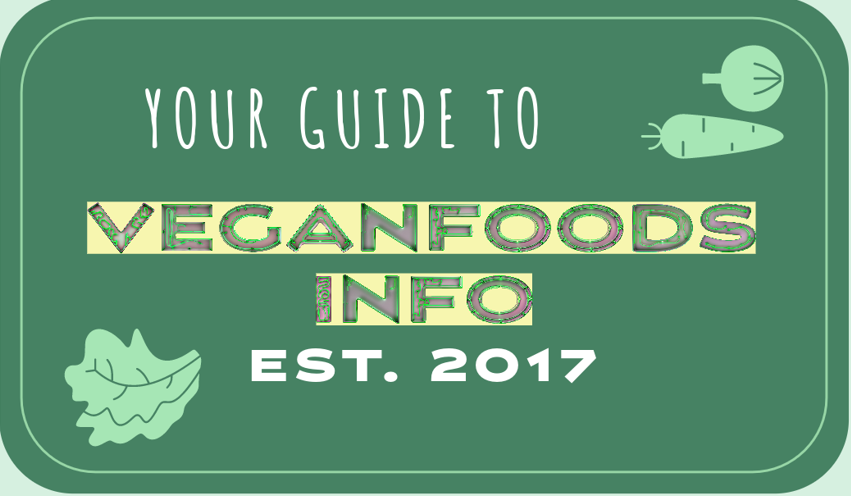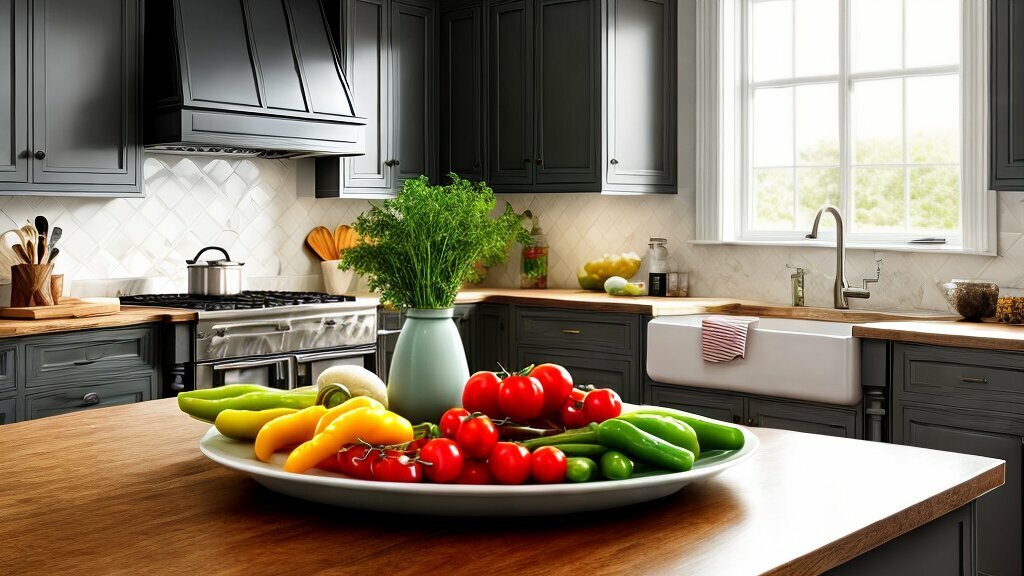Welcome to our comprehensive guide to vegan cooking tips! Whether you’re a seasoned vegan chef or just starting to experiment with plant-based cooking, these tips will help you take your dishes to the next level. Vegan cooking offers endless possibilities for creativity and flavor, but it can also be challenging to navigate without the right guidance.
That’s where we come in! In this article, we’ll cover essential cooking techniques, pantry staples, and budget-friendly tips to help you create delicious and nutritious plant-based meals. We’ll also share easy vegan meal prep ideas and offer advice for beginners just getting started with vegan cooking.
Key Takeaways:
- Vegan cooking tips enhance the flavor, texture, and overall enjoyment of plant-based dishes.
- Essential vegan cooking techniques include sautéing, roasting, steaming, and baking.
- Stock your pantry with key vegan staples like spices, herbs, and alternative ingredients like nutritional yeast and tofu.
- Cooking vegan on a budget is possible with smart shopping and meal planning.
- Easy vegan meal prep ideas ensure convenient access to healthy meals.
- A beginner’s guide to vegan cooking provides practical advice for those just starting with plant-based cooking.
Essential Vegan Cooking Techniques to Master
Whether you are a seasoned cook or a beginner, mastering essential vegan cooking techniques is crucial for creating delicious and satisfying plant-based dishes. Here are some techniques that every vegan cook should know:
| Technique | Description |
|---|---|
| Sautéing | Cooking food in a shallow pan with a small amount of oil over medium-high heat. Ideal for stir-fries and sautéed vegetables. |
| Roasting | Cooking food in the oven at a high temperature without any added liquid. Ideal for roasted vegetables and crispy tofu. |
| Steaming | Cooking food over boiling water in a covered pot, preserving flavor and nutrients. Ideal for delicate vegetables and dumplings. |
| Baking | Cooking food in the oven at a moderate temperature, often with added liquid. Ideal for casseroles, pies, and baked goods. |
Each technique has its strengths and can create unique flavors and textures in your dishes. Experiment with different cooking techniques to see what works best for your ingredients and preferences.
Tip: To elevate your sautéing, use a cast iron skillet or wok instead of a regular frying pan. Cast iron evenly distributes heat and can give your vegetables a perfect char.

Essential Vegan Cooking Techniques to Master
“The right technique can transform even the simplest ingredients into a superb dish.” – Nathan Myhrvold
With the right techniques and a little practice, you can create amazing plant-based meals that are both healthy and satisfying. In the next section, we’ll discuss essential pantry staples for vegan cooking that will take your dishes to the next level.
Key Vegan Pantry Staples for Flavorful Dishes
Stocking your pantry with essential vegan staples can add depth and complexity to your plant-based dishes. Here are some must-have ingredients:
| Ingredient | Role in Vegan Cooking |
|---|---|
| Spices and herbs | Adding flavor and aroma to dishes |
| Nutritional yeast | Providing a cheesy flavor and nutritional boost |
| Plant-based milks (e.g., almond, soy, oat) | Substituting for dairy milk in recipes |
| Coconut oil | Adding richness and depth to dishes |
| Tofu | A versatile protein source that can be used in a variety of dishes |
Other pantry staples like condiments (e.g., soy sauce, hot sauce) and alternative sweeteners (e.g., maple syrup, agave nectar) can also enhance the flavor of your vegan dishes.
Pro tip: Don’t be afraid to experiment with different combinations of spices and ingredients to find the perfect flavor profile for your dish!
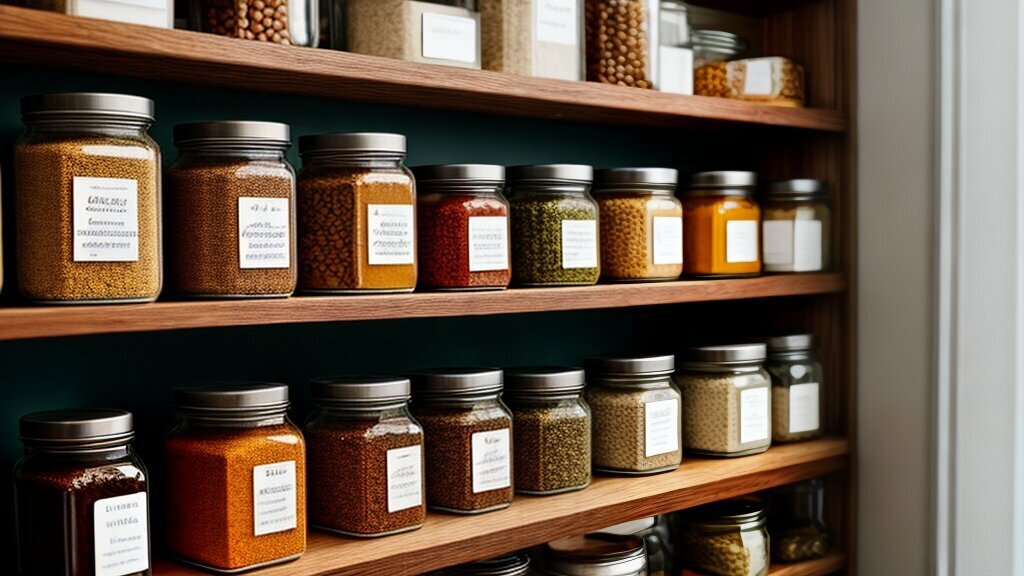
Tips for Cooking Vegan on a Budget
Cooking vegan meals can be a cost-effective way to eat healthy, especially when done on a budget. Here are some tips to help you save money while still enjoying delicious plant-based dishes:
- Buy in bulk: Purchasing bulk dry goods like rice, quinoa, and beans can save you money in the long run. Look for deals on large packages and store them in airtight containers for extended shelf life.
- Choose seasonal produce: Shopping for in-season fruits and vegetables can be a great way to save money, as they tend to be less expensive when they are in abundance. Check out your local farmer’s market for the best deals.
- Opt for frozen produce: Frozen fruits and vegetables can be a budget-friendly alternative to fresh produce, and they are just as nutritious. You can also buy frozen fruits and use them in smoothies or as toppings for oatmeal or yogurt bowls.
- Focus on affordable protein sources: Legumes like chickpeas, lentils, and black beans are excellent sources of plant-based protein and are often much cheaper than meat. Grains like quinoa and farro also provide a good protein boost.
- Make your own sauces and dressings: Basic sauces and dressings like hummus, salsa, and balsamic vinaigrette can be made easily at home with simple ingredients. This not only saves you money but also allows you to control the flavor and nutritional content.
Following these tips can help make vegan cooking more accessible and affordable for anyone on a budget. Don’t be afraid to get creative and experiment with your favorite ingredients to create healthy and delicious meals.
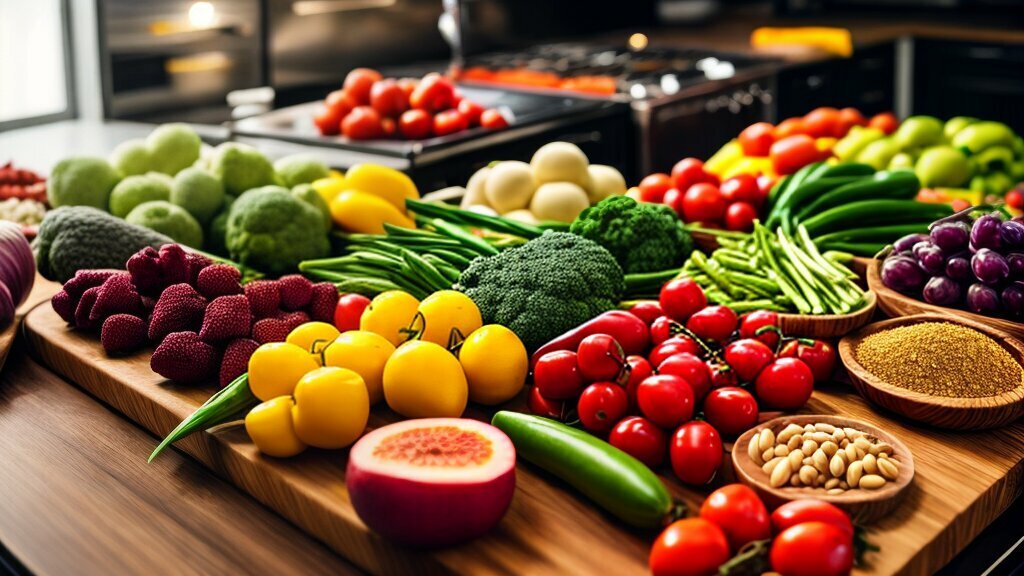
Easy and Delicious Vegan Meal Prep Ideas
Meal prepping can help busy individuals stick to their vegan lifestyle by ensuring they have nutritious meals readily available. Here are some easy and delicious vegan meal prep ideas:
1. Mason Jar Salads
Layering your favorite salad ingredients in a mason jar not only looks visually appealing but also keeps your salads fresh. Start by adding your dressing at the bottom, followed by hardy vegetables, grains or proteins, leafy greens, and lastly, toppings like nuts or seeds. When you’re ready to eat, simply shake and enjoy!
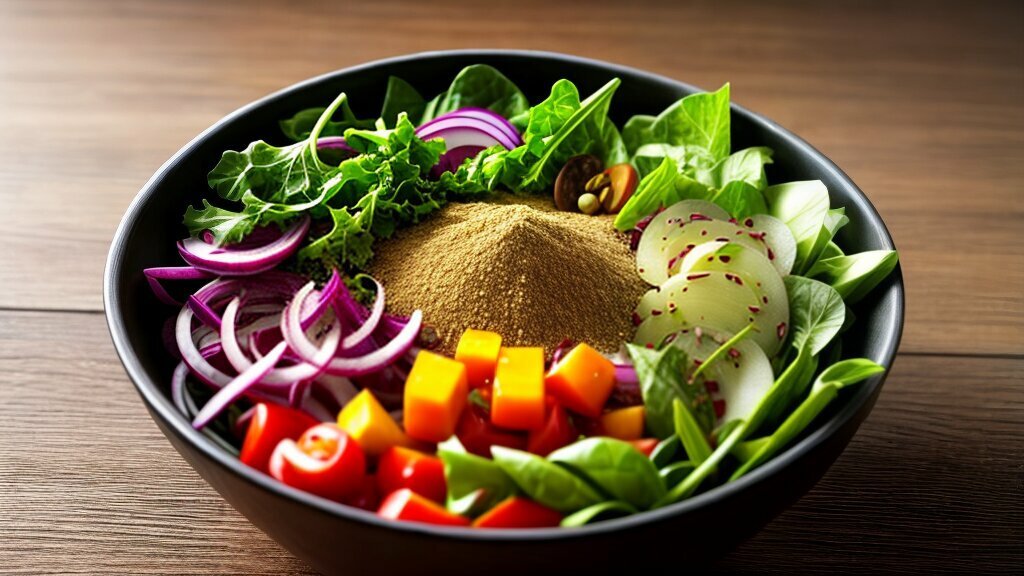
2. Vegan Burrito Bowls
Prepare your favorite vegan burrito ingredients in advance and store them in separate containers in the fridge. When it’s time to eat, simply heat up your beans, rice, veggies, and guacamole and assemble your burrito bowl. Top with fresh herbs and lime juice for extra flavor.
3. Veggie Stir-Fry
Cut up your favorite veggies and store them in the fridge for quick and easy stir-fry meals throughout the week. Simply heat up some oil in a pan, stir-fry the veggies, and add your favorite sauce or seasoning. Serve over rice or noodles for a balanced and satisfying meal.
4. Overnight Oats
Prepare your breakfast the night before by soaking oats in your favorite plant-based milk and adding toppings like fresh fruit, nuts, and seeds. In the morning, your breakfast will be ready to grab and go!
5. Soup in a Jar
Layer your favorite soup ingredients in a mason jar and store them in the fridge or freezer. When you’re ready to eat, simply add hot water to the jar and let it sit for a few minutes. Enjoy a warm and comforting meal wherever you are!
Beginner’s Guide to Vegan Cooking: Getting Started
If you’re new to vegan cooking, don’t worry! With a bit of planning and preparation, you can create delicious and healthy plant-based meals. Here are some tips to help you get started:
1. Plan Your Meals
Take some time to plan your meals for the week ahead. Look for recipes that are easy to follow and don’t require too many ingredients. Make a shopping list and buy everything you need in one go to save time and money.
2. Balance Your Recipes
Make sure your meals are balanced and contain a variety of nutrients, including protein, healthy fats, and carbohydrates. Use a food tracking app to make sure you’re getting enough of each nutrient.
3. Gradually Transition to a Plant-Based Diet
If you’re not used to eating plant-based meals, you don’t have to dive in all at once. Start by replacing one meat-based meal with a plant-based meal each day, and gradually increase the number of plant-based meals you eat over time.
4. Try New Ingredients
Experiment with new ingredients like tofu, tempeh, and seitan. These plant-based protein sources can be used in a variety of ways and can help add flavor and texture to your dishes.
5. Invest in Good Cookbooks
Invest in a few good vegan cookbooks to help inspire you and give you new ideas. Look for cookbooks with simple recipes that use easy-to-find ingredients.
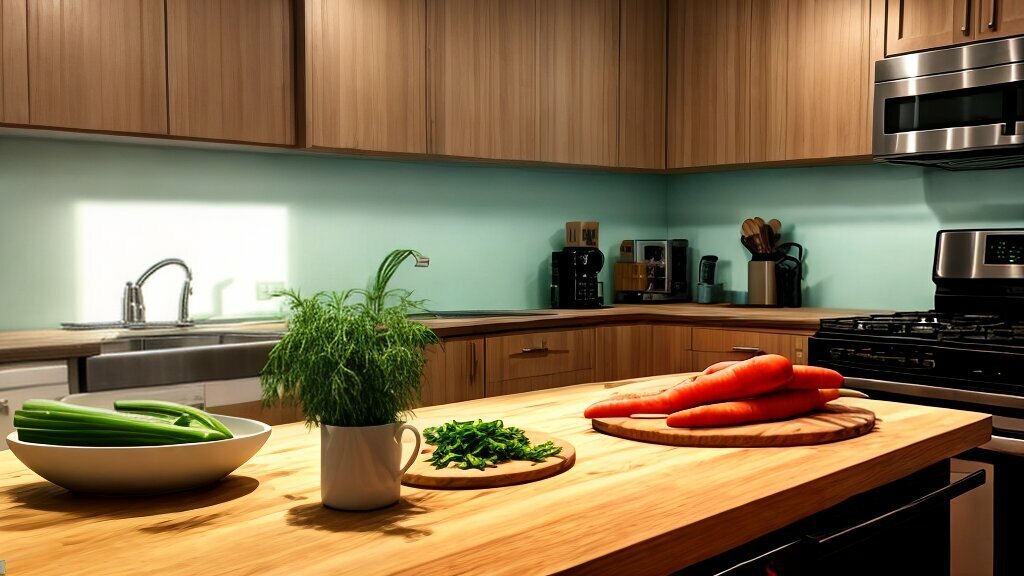
Remember, vegan cooking is not about deprivation – it’s about creating delicious, healthy meals that are good for you and the planet. With a bit of practice and experimentation, you’ll soon be whipping up plant-based meals that will impress even the most skeptical of eaters!
Conclusion
Congratulations! You now have a repertoire of top vegan cooking tips to elevate your plant-based meals and turn them into flavorful, nutritious masterpieces. Incorporating essential vegan cooking techniques, pantry staples, and meal prep ideas will make your cooking more enjoyable, efficient, and budget-friendly.
Remember, vegan cooking is for everyone, whether you’re a seasoned cook or a beginner taking your first steps into plant-based cuisine. With the right tools, ingredients, and attitude, you’ll create delicious and healthy meals that you’ll love.
Keep Exploring
If you’re looking for more inspiration, look no further than our recipe section, filled with mouth-watering vegan recipes to satisfy any palate. Don’t be afraid to experiment with different ingredients and techniques; the beauty of vegan cooking is its versatility and creativity.
So go ahead, have fun, and enjoy the journey of discovering the joys of vegan cooking!
FAQ
Q: Why are vegan cooking tips important?
A: Vegan cooking tips are important for those following a plant-based lifestyle as they help enhance the flavor, texture, and overall enjoyment of vegan dishes.
Q: What are some essential vegan cooking techniques?
A: Essential vegan cooking techniques include sautéing, roasting, steaming, and baking. Each technique has its own impact on different ingredients and can enhance flavors in plant-based dishes.
Q: What are key vegan pantry staples?
A: Key vegan pantry staples include spices, herbs, condiments, nutritional yeast, plant-based milks, and tofu. These ingredients add depth and complexity to vegan recipes.
Q: How can I cook vegan on a budget?
A: To cook vegan on a budget, you can buy in bulk, utilize seasonal produce, and make the most of affordable protein sources like legumes and grains.
Q: What are some easy vegan meal prep ideas?
A: Some easy vegan meal prep ideas include prepping ingredients and meals in advance for convenience. This ensures you have healthy meals readily available, especially for busy individuals.
Q: How can beginners get started with vegan cooking?
A: Beginners can get started with vegan cooking by planning meals, creating balanced recipes, and gradually transitioning to a plant-based diet.
